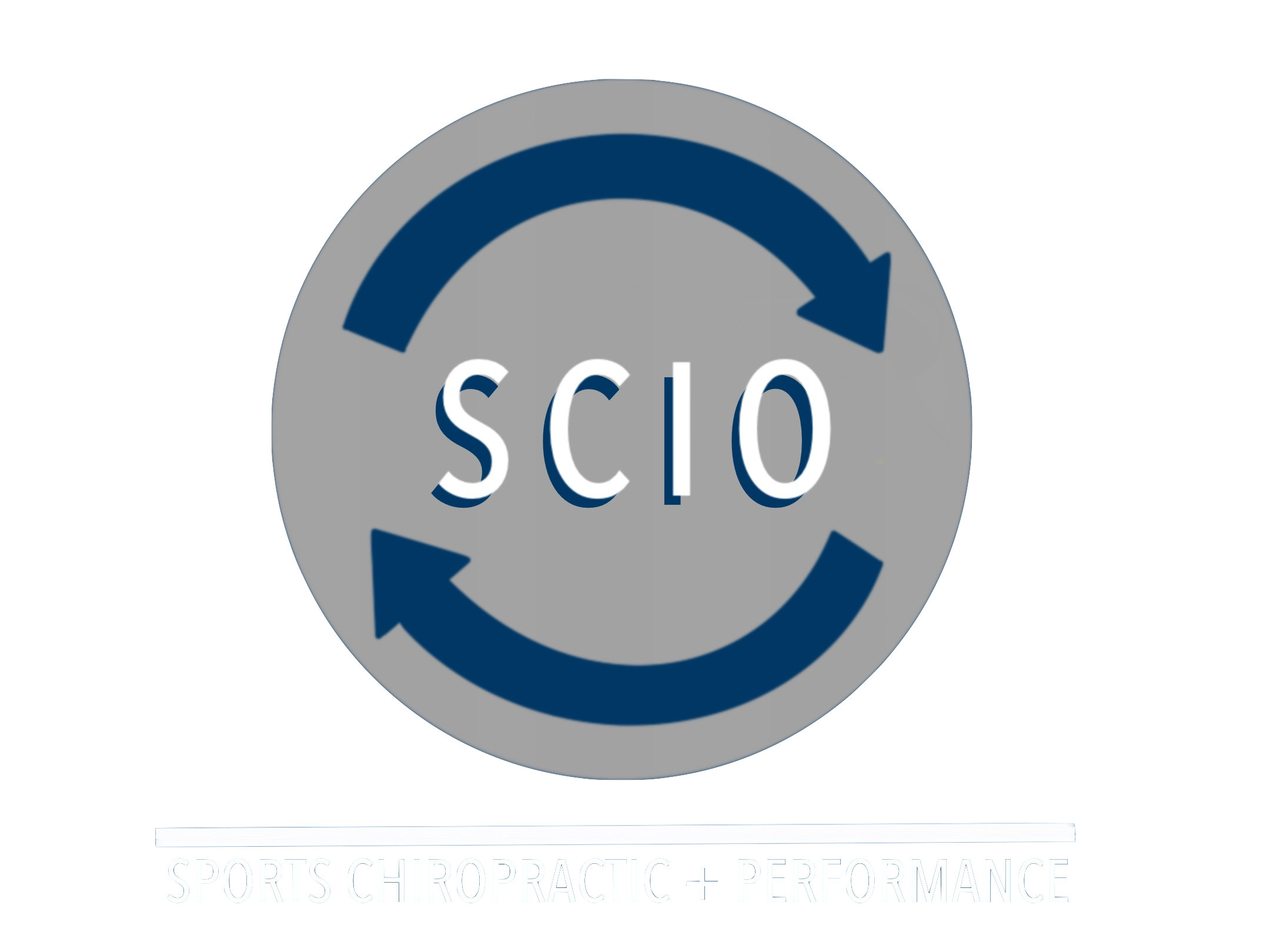Treatment Spotlight: E-STIM
In a previous post, we took a look at IASTM and its ability to treat a variety of different conditions. Today, we’re going to be looking at another modality that’s very versatile and is included as the third tier reward in the raffle; Electrical Stimulation, otherwise known as E-STIM.
Cureve is natural therapy company that we’ve teamed up with. We will be raffling off this electrical muscle stimulation unit this month!
Electrical stimulation is a bit more of a modern modality that originated in England in the 1830’s to help treat movement paralysis in patients. The technique came about by applying small bursts of electricity to dead frogs that caused their muscles to contract. The importance of this discovery was that muscles can be contracted without having to use the body’s natural energy stores to cause the contraction. During the 1860’s this technique was refined and focused into devices like AB belts that started to make ESTIM more accessible to the everyday person. But even at this point the devices were still large and bulky and difficult to transport and there weren't many conditions that considered ESTIM as a treatment. In 1976, during the Montreal Olympics, Dr. Yakov Kots became one of the first people to use ESTIM in the realm of sports to help improve athletic performance. His technique, which became known as Russian Stim, helped increase his athletes’ muscles to fire more quickly for increased speed, or to help improve muscle growth during workouts. Today, ESTIM units range pocket-sized to larger units that are moved on wheels. These devices can produce a variety of effects from muscle recovery, relaxation, pain reduction, and many more.
Post-surgical rehab is just one of indications for e-stim use. We at Solana Beach Family & Sports Chiropractic use it for acute injuries, recovery facilitation, and more!
With the variety of units that exist we’re going to spend our time focused on the small pocket units that work with a lower level, but still very useful, of electrical stimulation. These pocket units, like the Cureve unit mentioned in the raffle, typically equipped with two modes of ESTIM; Transcutaneous Electrical Nerve Stimulation (TENS) and Electrical Muscle Stimulation (EMS).
TENS specific units and modes work at a frequency that help stimulate the nerves. Since the nervous system of the human body is a network of electrical signals it responds very well to stimulation from TENS units. A TENS unit works exclusively and very well in helping to reduce pain. This can include, nerve pain, muscle and joint pain, pain caused by inflammation, back pain, post operative pain, fibromyalgia pain, and even migraines to a degree. It’s important to note that a TENS unit will not remove the underlying cause of your pain, rather it will help you reduce it as you find treatment.
EMS units directly handle the stimulation of the muscles by forcing them to contract without using the energy stores of the body to do so. This effect allows EMS to be significantly more versatile than its TENS counterpart. One of the most notable benefits of the EMS device happens in post-operative care. Patients who have musculoskeletal surgeries typically suffer from loss of functional muscle mass because of their inability to properly exercise their affected limb. EMS in this situation can stimulate muscles without causing strain to keep them working so that no muscle mass is lost for these patients. For athletes, EMS is an optimal tool for the post-workout recovery process. Muscles work as natural pumps in the body that help circulate blood back to the heart thus allowing new blood with fresh oxygen and nutrients to return to muscles and the rest of the body. Equipping an EMS machine after a workout allows an athlete to let the muscles continue working to bring in fresh blood without straining the muscle as if it were exercising. This allows the body to recover much more efficiently that it normally would.
Here’s an example of a low back stabilizer application. You could see this being used for disc irritation, muscle fasciculations, and desired tissue stimulation.
Interested or curious about what other benefits a TENS/EMS unit can do for you? Feel free to ask next time you’re in the office!



